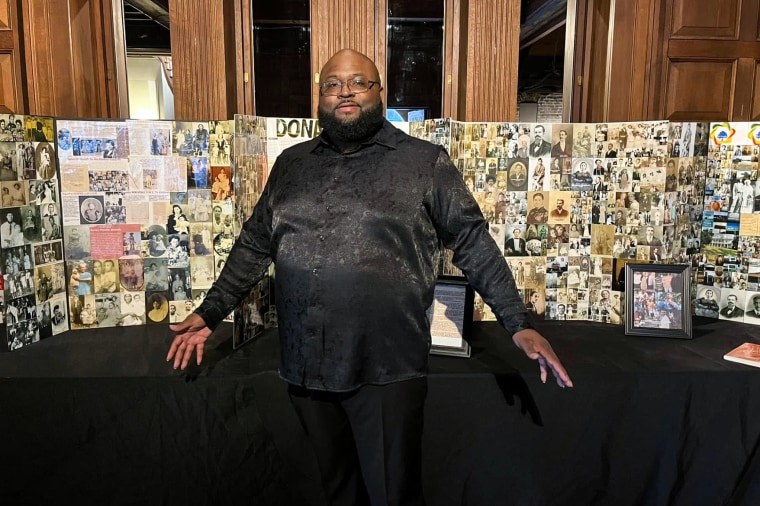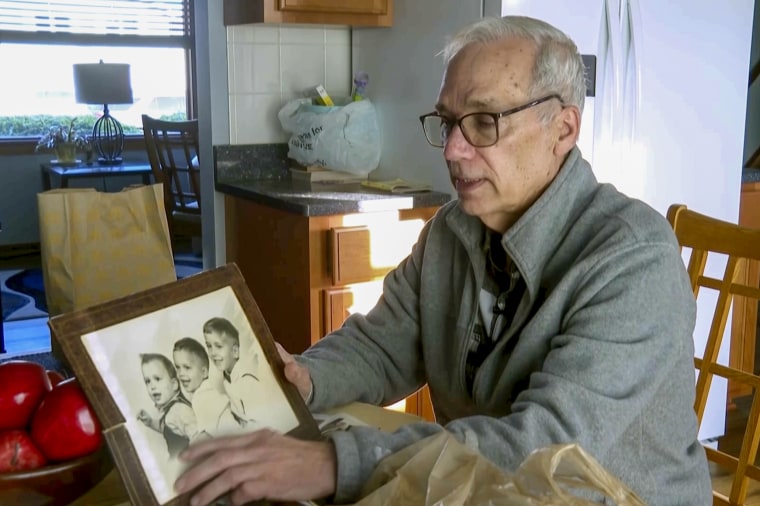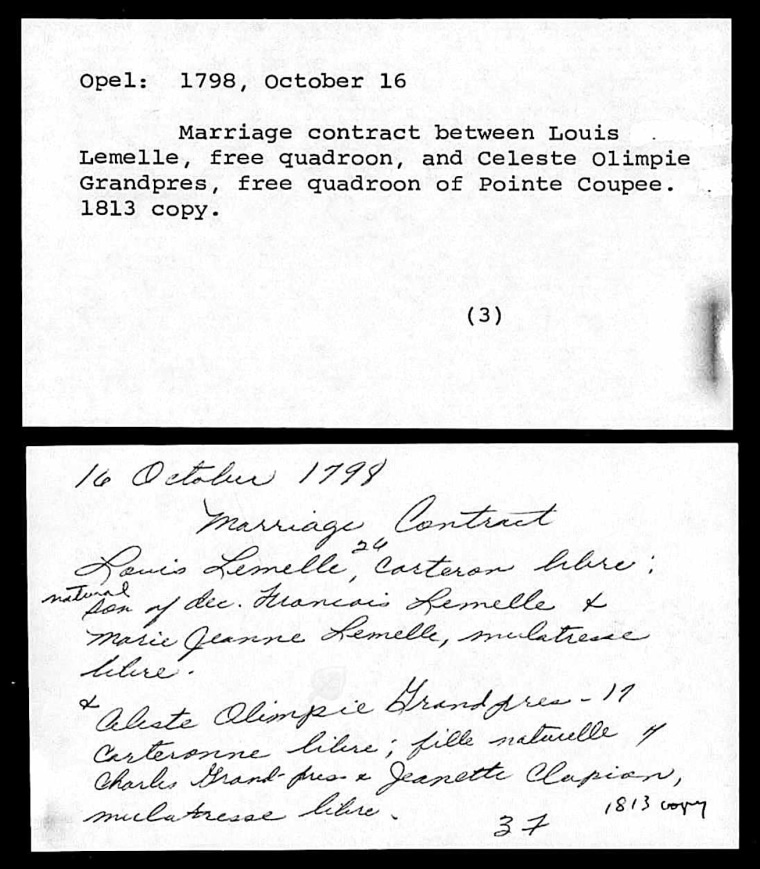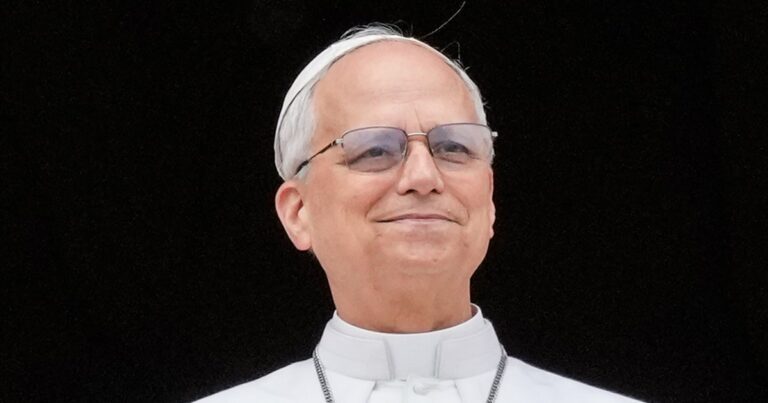As the first Catholic pope from the United States, Pope Leo XIV has an ancestry that traces back to the Creole and free people of color from Louisiana, illustrating complex and interconnected issues of race and class in American history.
“His rise is not just a religious milestone, it’s a historical affirmation,” genealogist and former official Louisiana state archivist Alex DaPaul Lee said of the man previously known as Cardinal Robert Prevost.

When Lee first heard about the pope’s Creole roots from fellow genealogist Jamarlon Glenn, he responded, “There’s no way,” Lee said with a laugh. “But then I began going down a rabbit hole of research.”
Lee, the founder of Alex Genealogy and Southwest Louisiana Genealogy Researchers, discovered troves of documents in his collection and gathered records from his network of genealogists that confirmed information about Pope Leo’s background. It also showed generations of Catholicism within Prevost’s family.
“It didn’t take long for me to realize that he was a Creole from the seventh ward of New Orleans, Louisiana, which was a prominent place for Louisiana Creoles,” he said.

The news of the pope’s Creole roots was also noted by genealogist Jari C. Honora. Leo’s brother John Prevost confirmed the connection to The New York Times and said he and his brothers had never talked about it. “It was never an issue,” John Prevost told the Times.
Although his paternal surname, “Prevost,” is common in Louisiana, Lee said a strong Creole connection was actually found in Pope Leo’s maternal ancestry: His great-great-grandmother Celeste Lemelle was the daughter of two free people of color, Louis Lemelle and Celeste Olimpie Grandpres. They married in Opelousas, Louisiana, in 1798, and were legally classified as “quadroons.”
 “That meant they would have a fourth African ancestry or it could have been Native American ancestry,” Lee said.Â

The Creole community emerged in Louisiana due to the blending of cultures there. French, Native American, Spanish, German and descendants of West African countries all cohabitated in the region during the pre-colonial era when France and Spain owned the Louisiana territory.Â
In Louisiana during the 1700s, there were three main racial categories: the enslaved, Gens de Couleur Libres (free people of color/Creoles of color) and the white planter class, according to Lee.
The classifications within the Creole community were based on legal status and racial identity, with other categories like “mulatto” and “octoroon” often showing up within historic documents, Lee said. He added that there…
Read More: Pope Leo’s family tree shows ties to a prominent Creole family of color in



